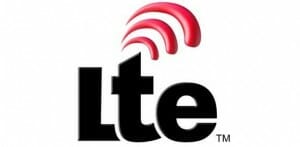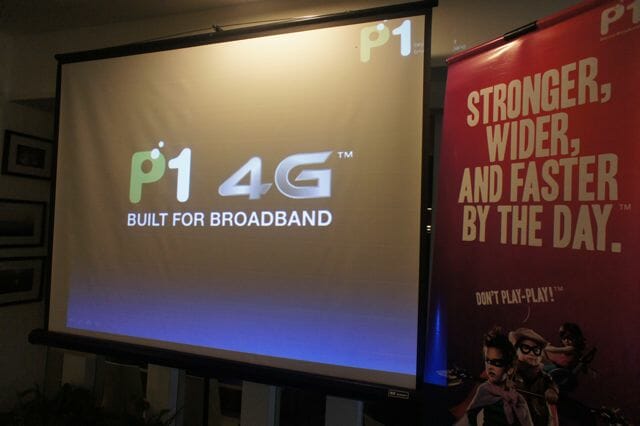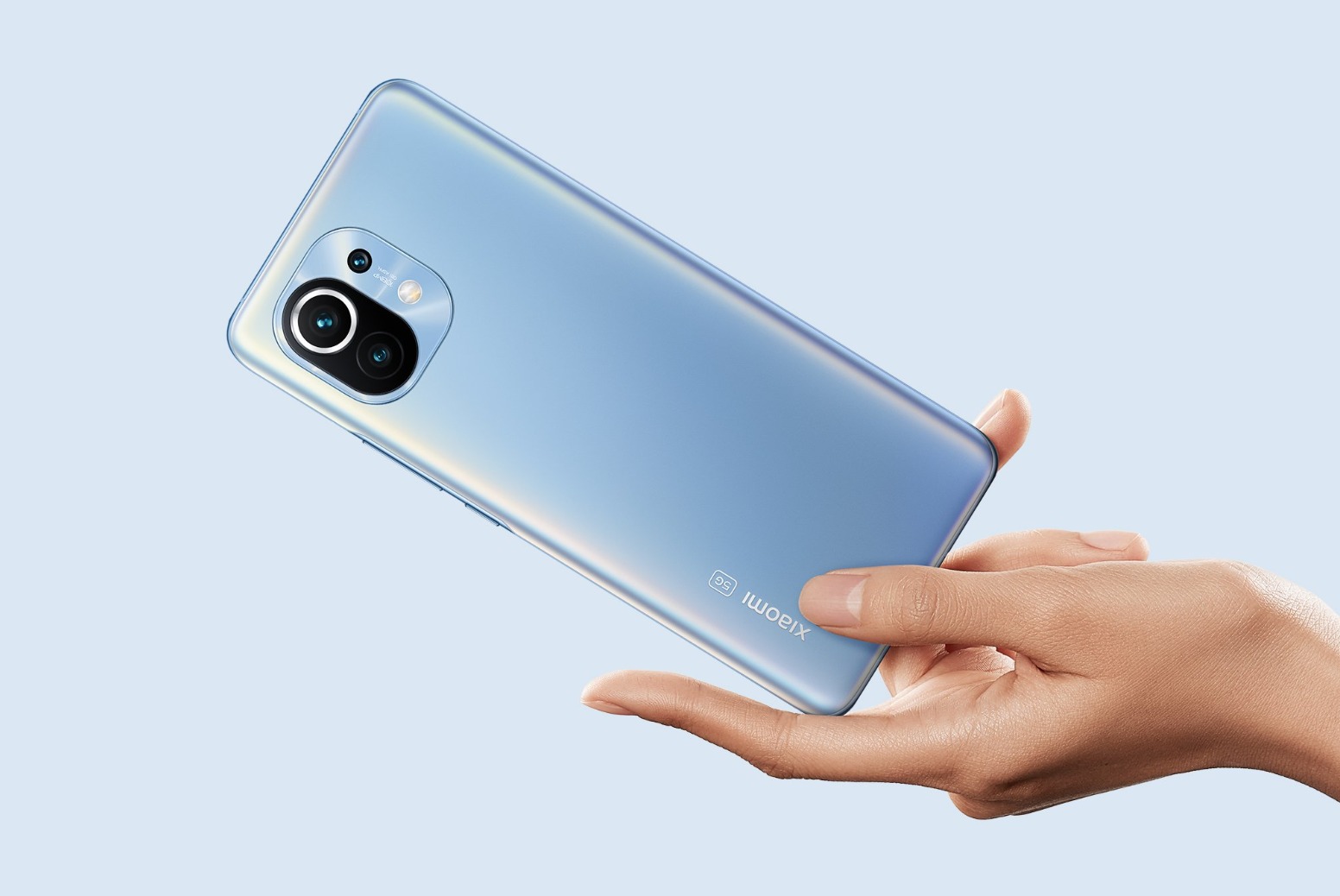Last week, one of the most talked about stories in the tech space was Telekom Malaysia buying a 57% stake in Green Packet’s wireless broadband business, Packet One Networks (P1).
To recap, the initial investment will be worth RM350 million and a further RM210 million will be injected into Green Packet in a form of redeemable exchangeable bonds. The total investment will be worth up to RM1.65 billion, over a span of one to three years. P1 will thus officially operate as a subsidiary of TM.
It’s no secret that P1 had been attempting to court investors for some time now as exemplified by the local business press writing about this possibility all of last year.
In fact, at the TD-LTE Summit I attended in April last year, a senior Green Packet representative was on hand to drum up interest and was overheard to be aggressively positioning itself for potential suitors even at the informal networking coffee breaks!
The benefits of this deal for P1 is obvious in that it would now have the much needed cash injection to revive itself as a broadband provider. For much of 2013, P1 had been extremely quiet on the marketing front and revenue-wise it had also suffered. Its subscriber growth had plateaued to about 500,000 and has not gone beyond that in months.
The deal for TM is much more opaque, as even analysts are mixed in their reactions with some remaining neutral while others giving it the thumbs up. What’s clear though is that with the majority buy-in of P1 by TM, the incumbent operator now has a way back into the wireless game after having exited the space for more than five years.
TM also does not have to start acquiring customers from scratch as it can offer existing P1 customers its services, including cross selling its fixed line UniFi services.
But the question now is, what does this deal mean for P1 and consumer broadband subscribers as a whole? What can consumers expect from this merger?
P1’s problems
One of the biggest challenges for P1 is that it has been always been operating in a thin cash margin environment, as the company is basically a startup involved in a highly capital-intensive wireless network business.
To roll out such a network requires operators such as P1 to invest heavily on infrastructure and at the same time market its products and services at a cheap enough rate to gain subscription volume. Then there are costs associated with acquiring subscribers, advertising and marketing, device subsidies, and ongoing customer relationship management costs.
To be fair to P1, it had the right formula initially. After launching its service in 2008, the company began ramping up its marketing and promotions targeting the fixed and cellular broadband market by offering an alternative to those who either had deficient broadband coverage or poor quality and slow connections.
 But as time went by, fixed broadband players such as TM and TIME dotCom as well as cellular players such as Maxis, Celcom and DiGi, improved their services and countered P1 by offering better broadband packages, more complete coverage, faster speeds – all of which meant better value for money for customers.
But as time went by, fixed broadband players such as TM and TIME dotCom as well as cellular players such as Maxis, Celcom and DiGi, improved their services and countered P1 by offering better broadband packages, more complete coverage, faster speeds – all of which meant better value for money for customers.
This was especially true when TM further progressed via its UniFi fibre service rollout, which led to P1 being out cornered in the market. Fibre ruled in terms of pure download and upload speeds, while value-added services such as IPTV kept people coming back to TM for more.
Cellular players on the other hand did not have to purely depend on fixed wireless broadband for their survival as they still had voice and mobile data as revenue earners. P1’s decline was further exacerbated by the unreliability of its services and lack of coverage nationwide.
But perhaps the biggest Achilles heel P1 had was the fact that although WiMax works as advertised, its technology roadmap for the future was never really clear and because of this, it did not have the scale and a large enough ecosystem for end-user devices support.
P1 isn’t alone in this game, as other WiMax operators around the world have suffered the same fate. An example of this is Philippines’ Wi-Tribe, a partnership between Qatar Telecom and San Miguel Corporation, which as of last year remained unprofitable.
As a result of this, P1 was ever only going to be a fixed-broadband provider with a limited choice of end-user devices because there just aren’t enough devices to support WiMax. With this premise in place, P1’s proposition as a true mobile broadband wireless provider effectively stalled.
A way out?
TM’s acquisition would mean that P1 would now have more financial muscle to finally continue rolling out its network. More importantly, it will be able to migrate from WiMax – a legacy wireless technology that is basically a dead end – to TD-LTE (Time Division Long Term Evolution), which is tomorrow’s technology.

For a detailed description of what TD-LTE is, as well as what its counterpart FD-LTE (Frequency Division Long Term Evolution) is and what their differences are, check out this story here.
For consumers, this is good news as TD-LTE is one of two next generation global wireless standards that is touted to support average wireless speeds anywhere between 20Mbps and 30Mbps.
Although the majority of the world is now using FD-LTE, especially the bulk of the networks supported by cellular players including Malaysia, large operators such as China Mobile, Japan’s Softbank, Sprint in the US and UK Broadband operate TD-LTE networks.
The significance of these players’ backing of TD-LTE can’t be overstated as their involvement means that the device ecosystem will finally be big enough for handset and end-user device makers – including the likes of Apple and Samsung – to seriously supply their devices to the market.
With the cash injection and TM’s backing, P1 has the opportunity to advance with its TD-LTE plans first announced back in 2011. This would be a win-win perspective for TM-P1 and their customers, as TD-LTE will provide another option for consumers to consider and hopefully, will create more competition and bring prices down.
That said, TM and P1 still have their work cut out for them. From the design of the network, rollout plans, device partner management, customer provision and activation, customer service enquiries and complaints, right down to billing disputes, and even to the termination of service –everything should be about customers and their experience.
Also, TM would have to develop a holistic and coherent marketing campaign, segmentise the market in order to meet different subscribers’ needs and wants, communicate clearly these bundles and execute all this with pin-point precision.
After all, this softer side of the business is where the hard work really begins for TM and P1.
Because it is only when these basic building blocks are efficiently taken care of can the synergy of the TM-P1 merger be truly harnessed.
If not, TM’s acquisition of P1 could end up being one of the most expensive duds it has undertaken in its history.











